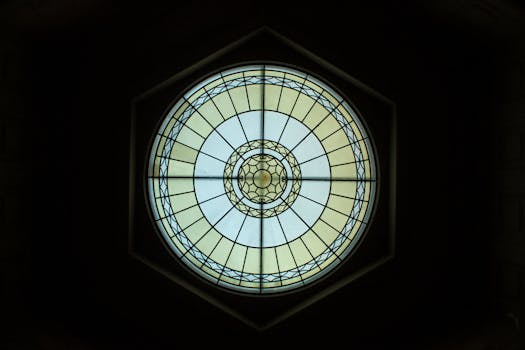
Traveling Through Time: How Europe’s Historical Heritage Shapes Modern Lifestyles in 2025
Traveling Through Time: How Europe’s Historical Heritage Shapes Modern Lifestyles in 2025. Europe, a continent steeped in history and tradition, has a unique ability to blend its rich heritage with modern lifestyles. From the ancient ruins of Rome to the contemporary art scene in Berlin, Europe’s historical heritage continues to shape the way people live, work, and interact with one another. In this article, we will explore the ways in which Europe’s historical heritage influences modern lifestyles, and how this blend of old and new creates a unique and exciting cultural landscape.
Architecture and Urban Planning
One of the most visible ways in which Europe’s historical heritage shapes modern lifestyles is through architecture and urban planning. Many European cities, such as Paris, Rome, and Barcelona, have preserved their historic centers, with narrow streets, grand piazzas, and iconic landmarks like the Eiffel Tower and the Colosseum. These historic areas are not only popular tourist destinations but also thriving residential and commercial neighborhoods, where people live, work, and socialize. The blend of old and new architecture, with modern buildings and amenities integrated into historic settings, creates a unique and dynamic urban landscape.
Art and Culture
Europe’s historical heritage has also had a profound impact on the continent’s art and cultural scene. From the Renaissance to modern times, European artists, writers, and musicians have been inspired by the continent’s rich cultural legacy. Today, this legacy continues to shape modern art and culture, with many contemporary artists drawing on historical themes and motifs in their work. The numerous museums, galleries, and festivals that take place across Europe, such as the Venice Biennale and the Berlin Film Festival, are a testament to the continent’s thriving cultural scene and its ability to blend tradition with innovation.
Cuisine and Food Culture
European cuisine is another area where the continent’s historical heritage has had a lasting impact. From the rich culinary traditions of Italy and France to the hearty stews and beers of Germany and Belgium, European food culture is deeply rooted in history and tradition. Many traditional dishes, such as pasta carbonara and fish and chips, have been passed down through generations, and continue to be enjoyed today. At the same time, modern European cuisine is also characterized by innovation and experimentation, with many chefs incorporating new ingredients and techniques into traditional dishes.
Conclusion
In conclusion, Europe’s historical heritage continues to shape modern lifestyles in 2025, from architecture and urban planning to art and culture, and cuisine and food culture. The blend of old and new, tradition and innovation, creates a unique and exciting cultural landscape that is unparalleled anywhere else in the world. Whether you are a history buff, a foodie, or an art lover, Europe has something to offer, and its rich historical heritage is sure to continue to inspire and captivate visitors and residents alike for generations to come.





